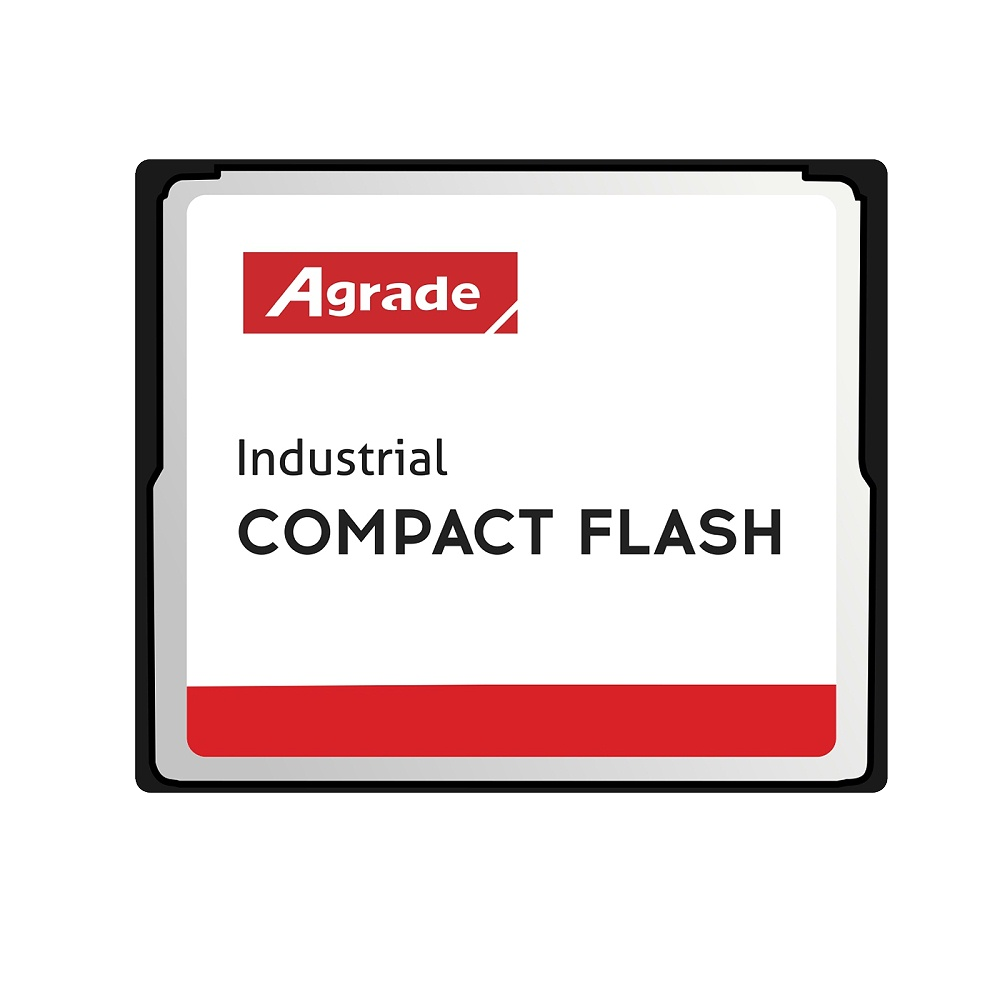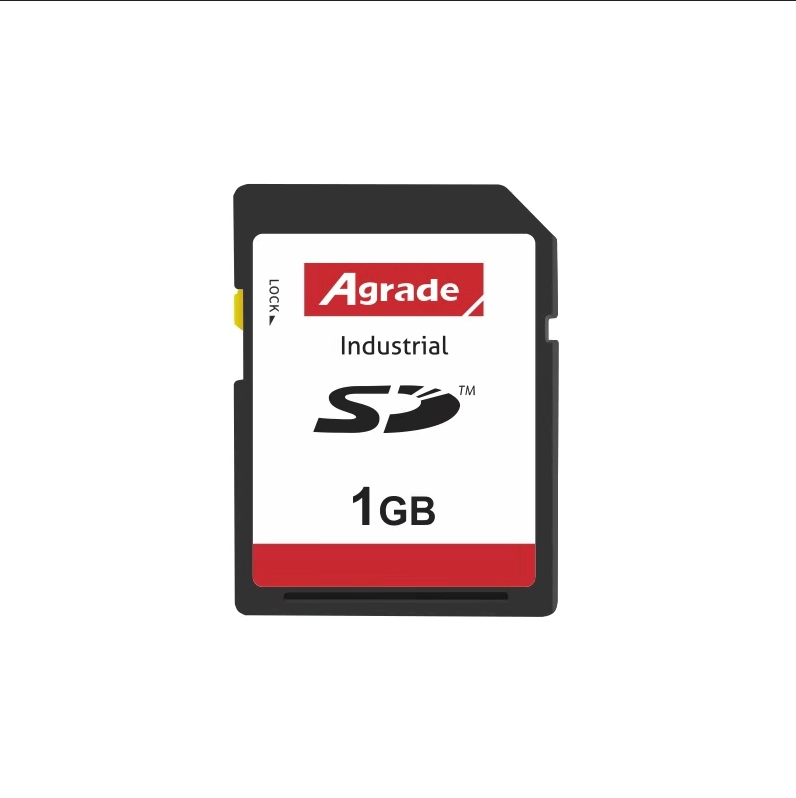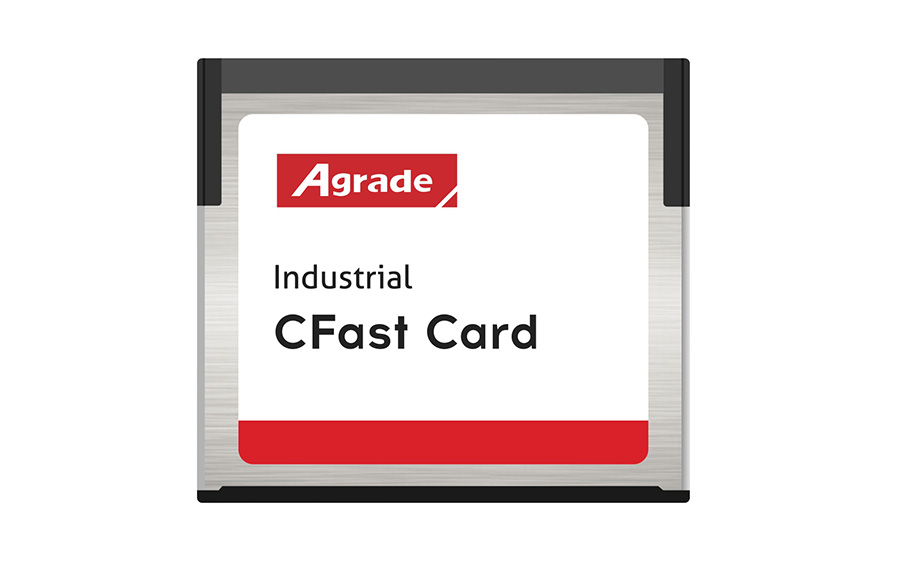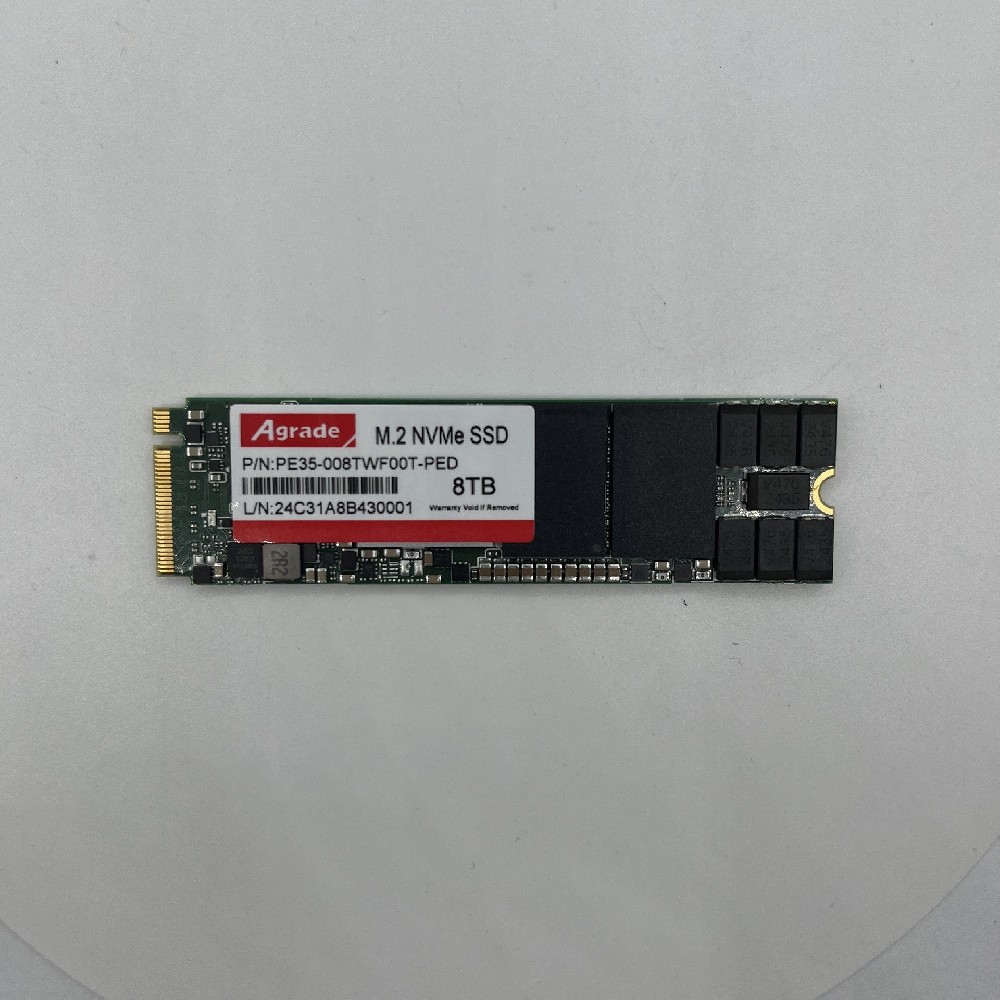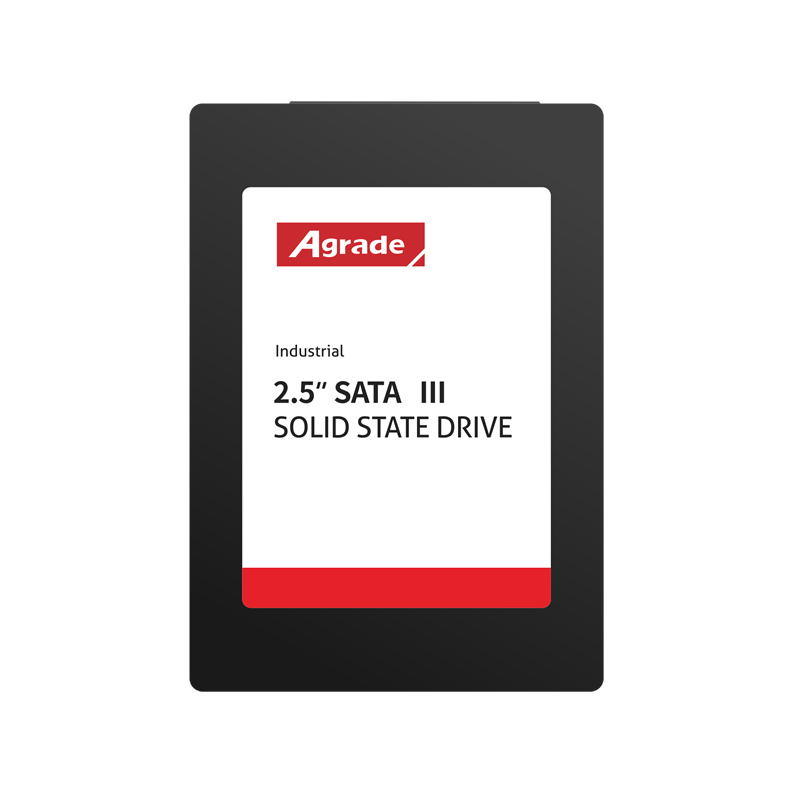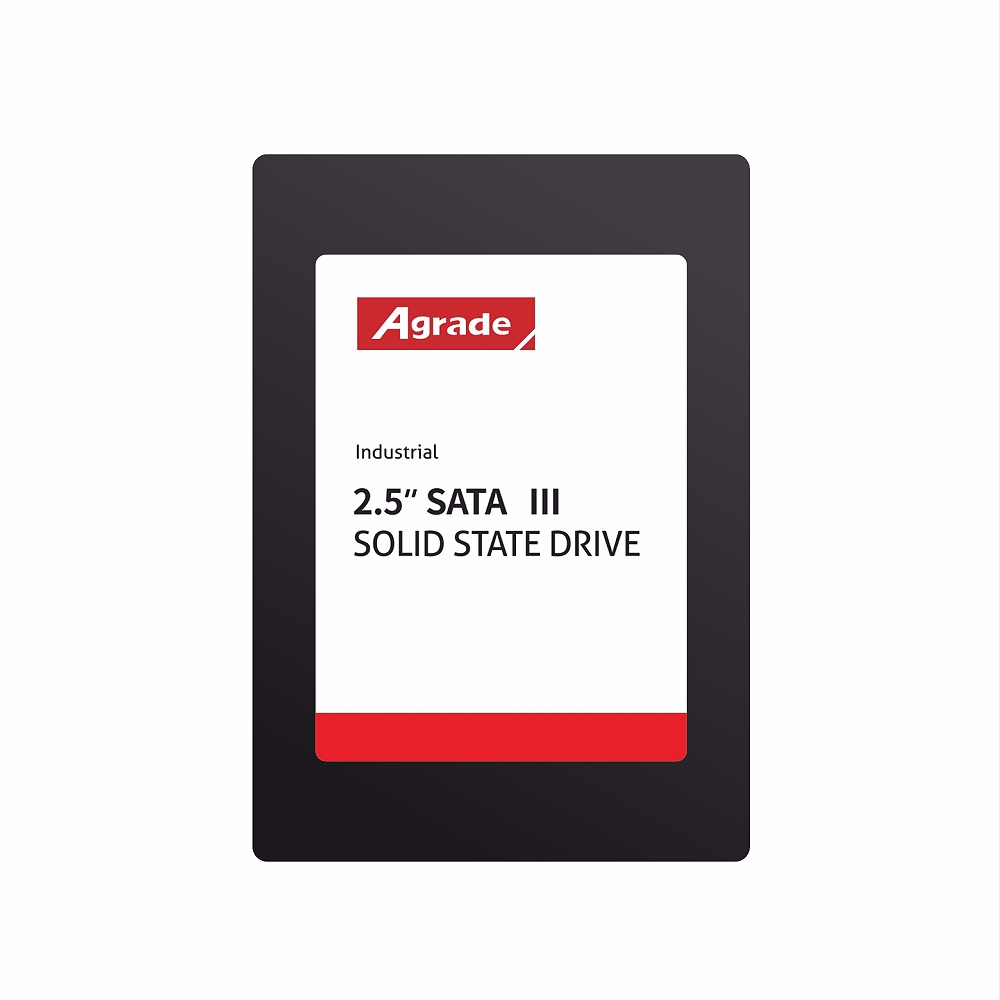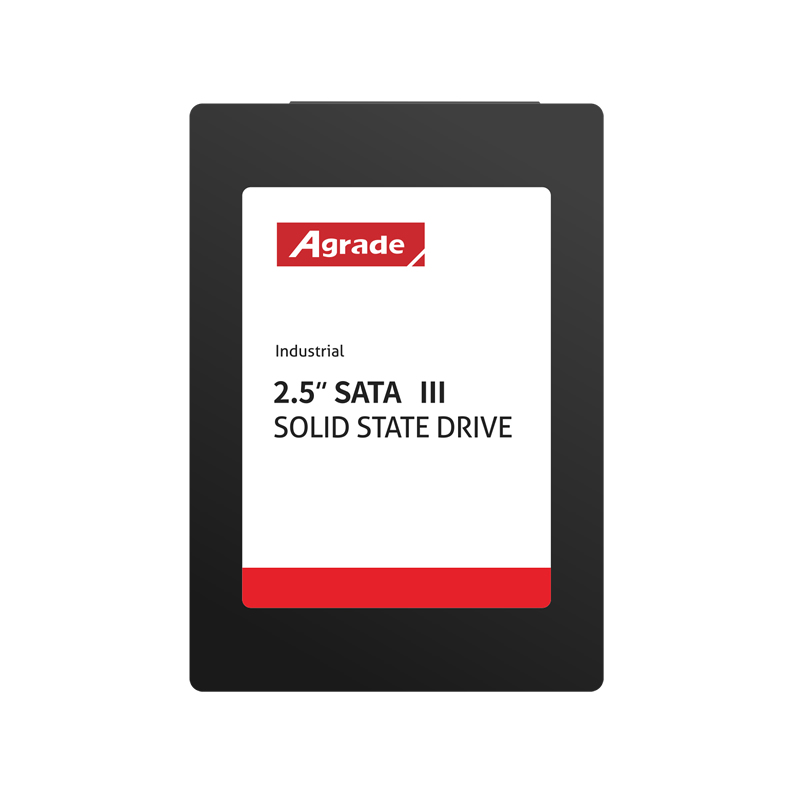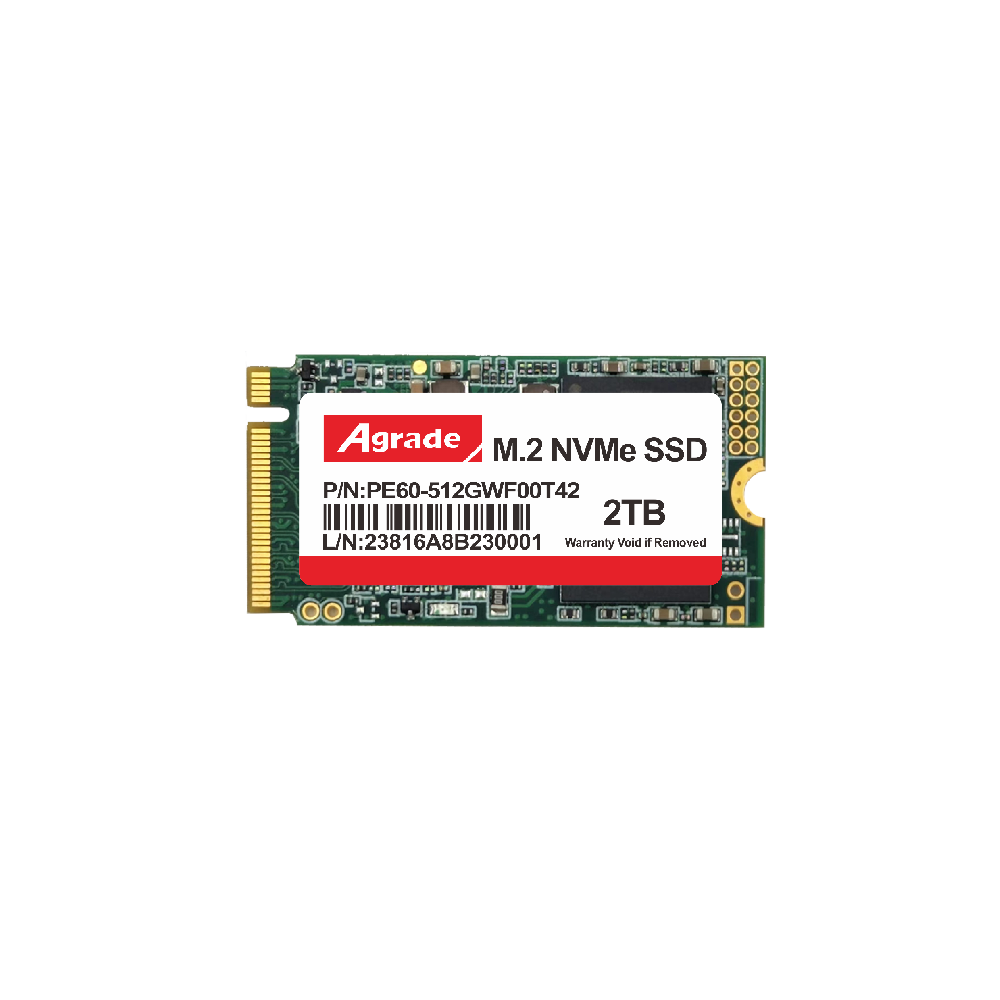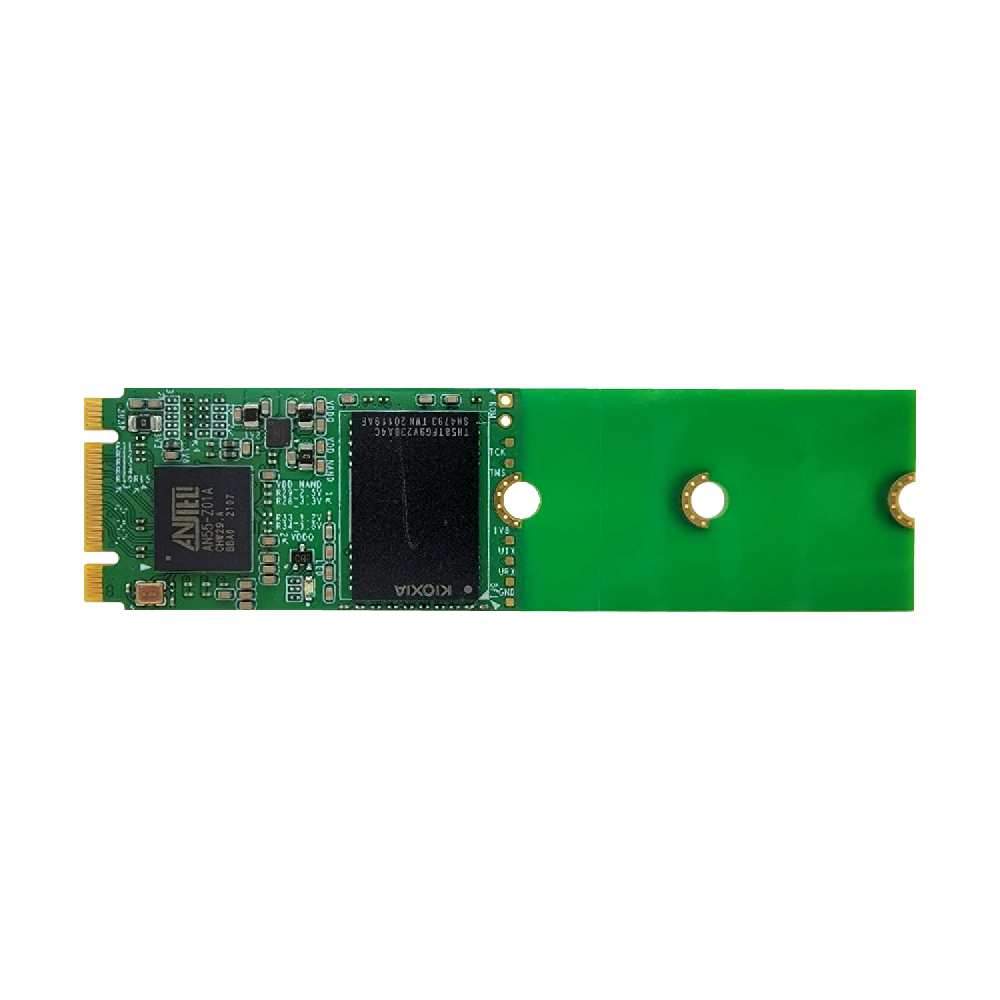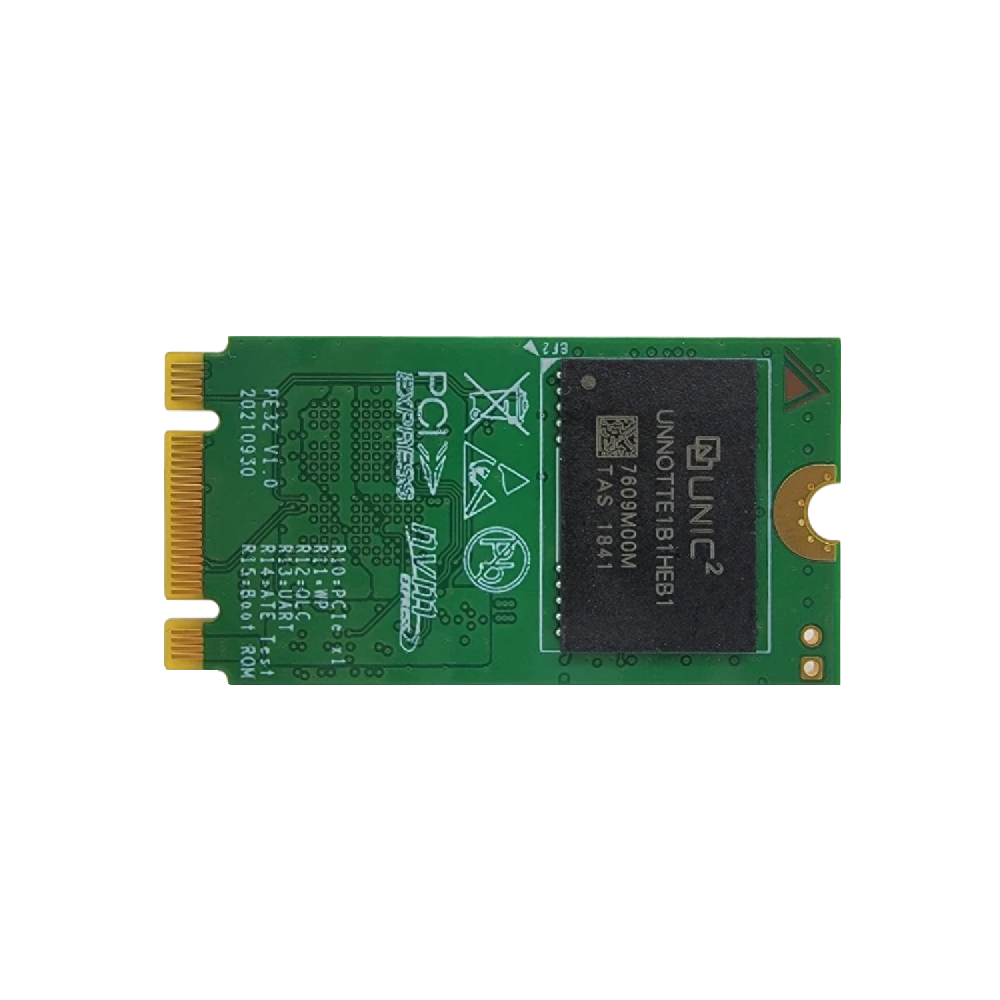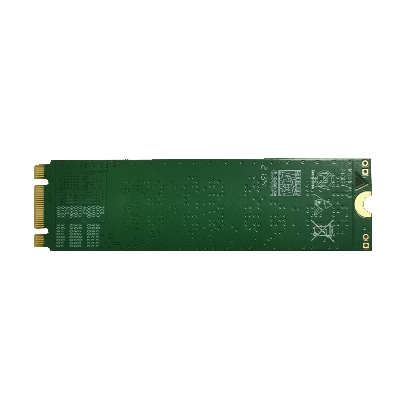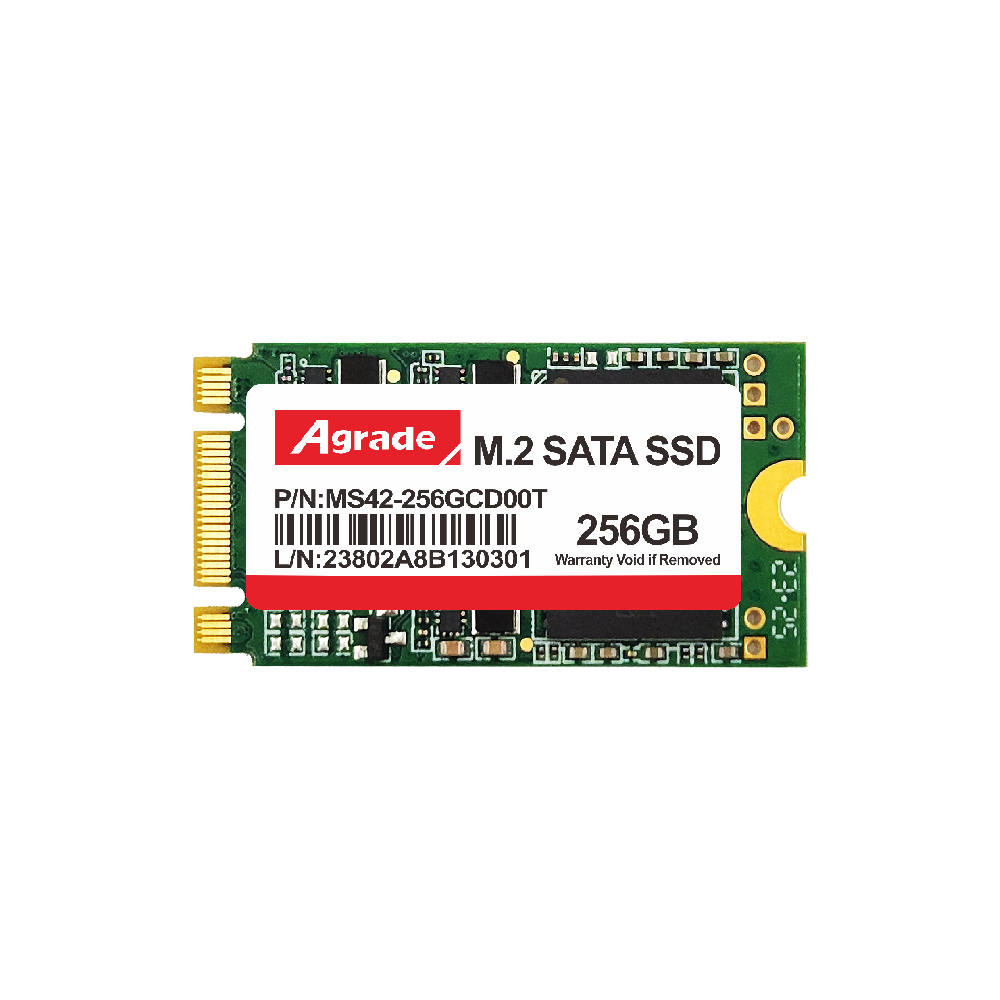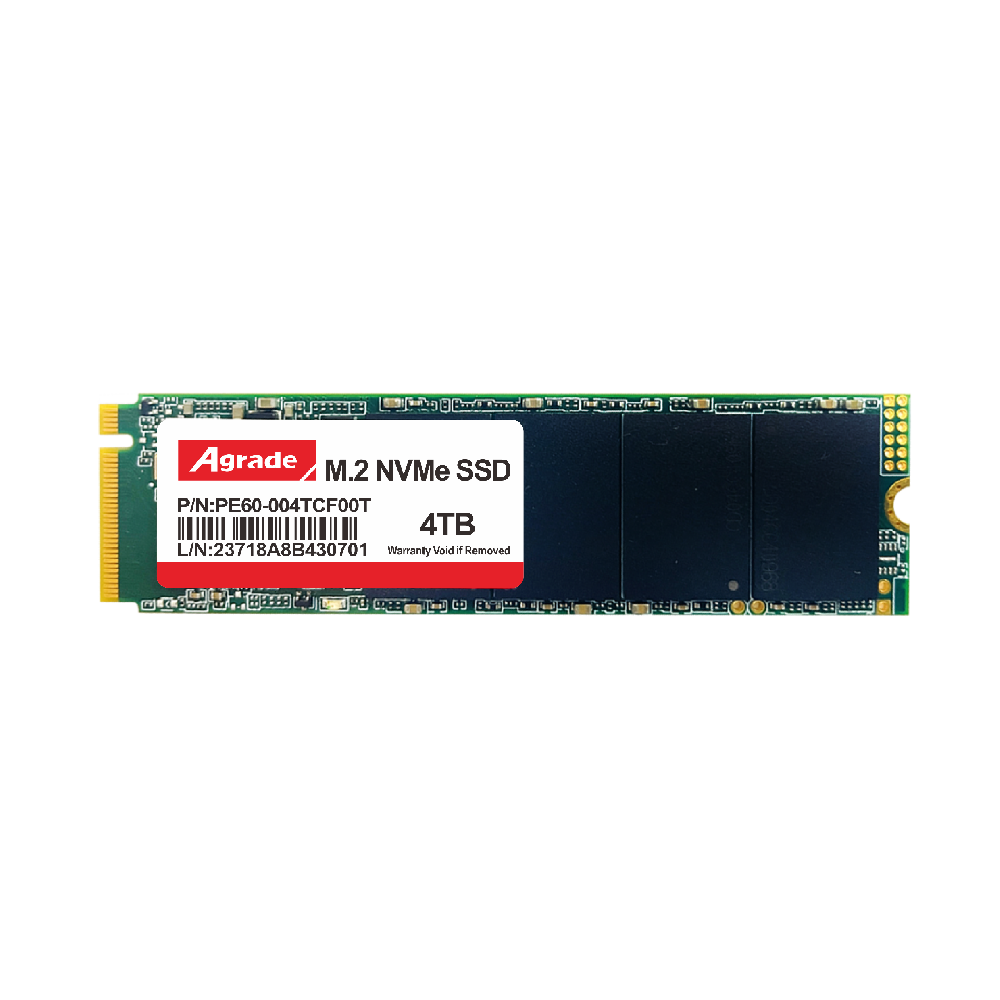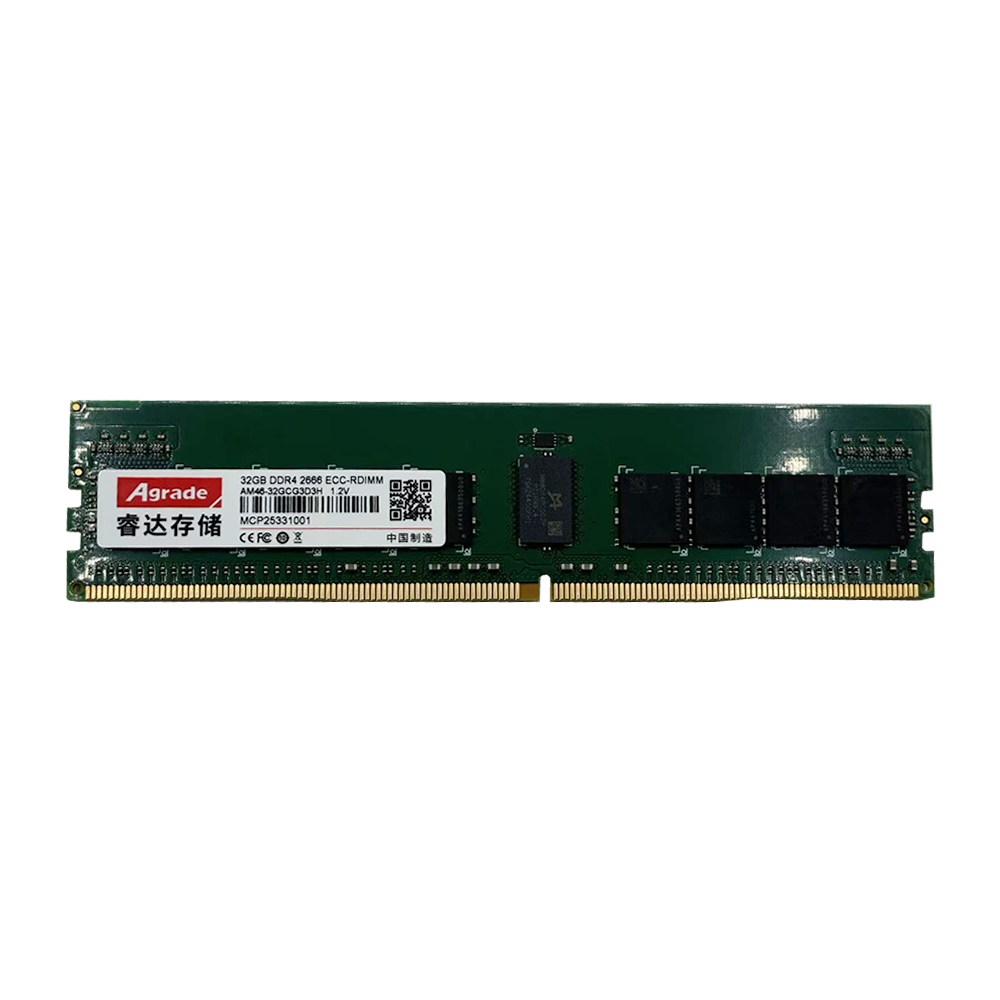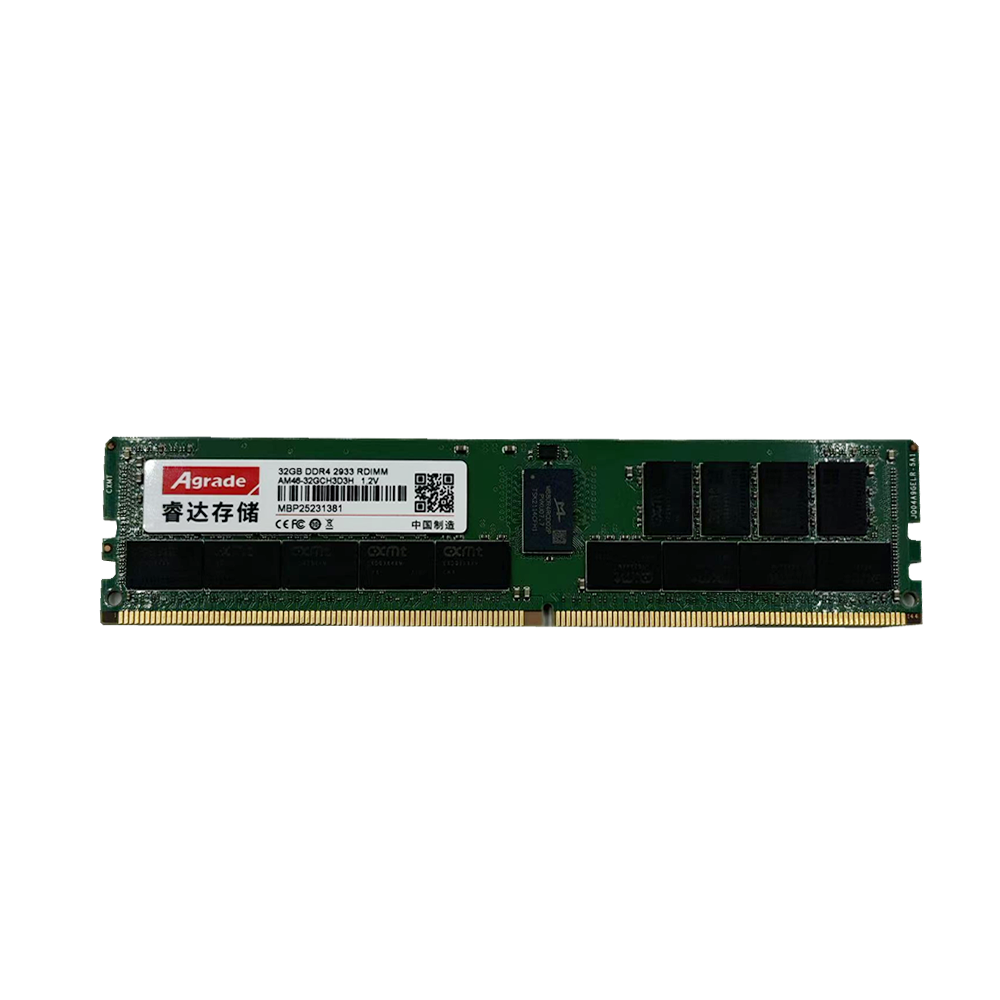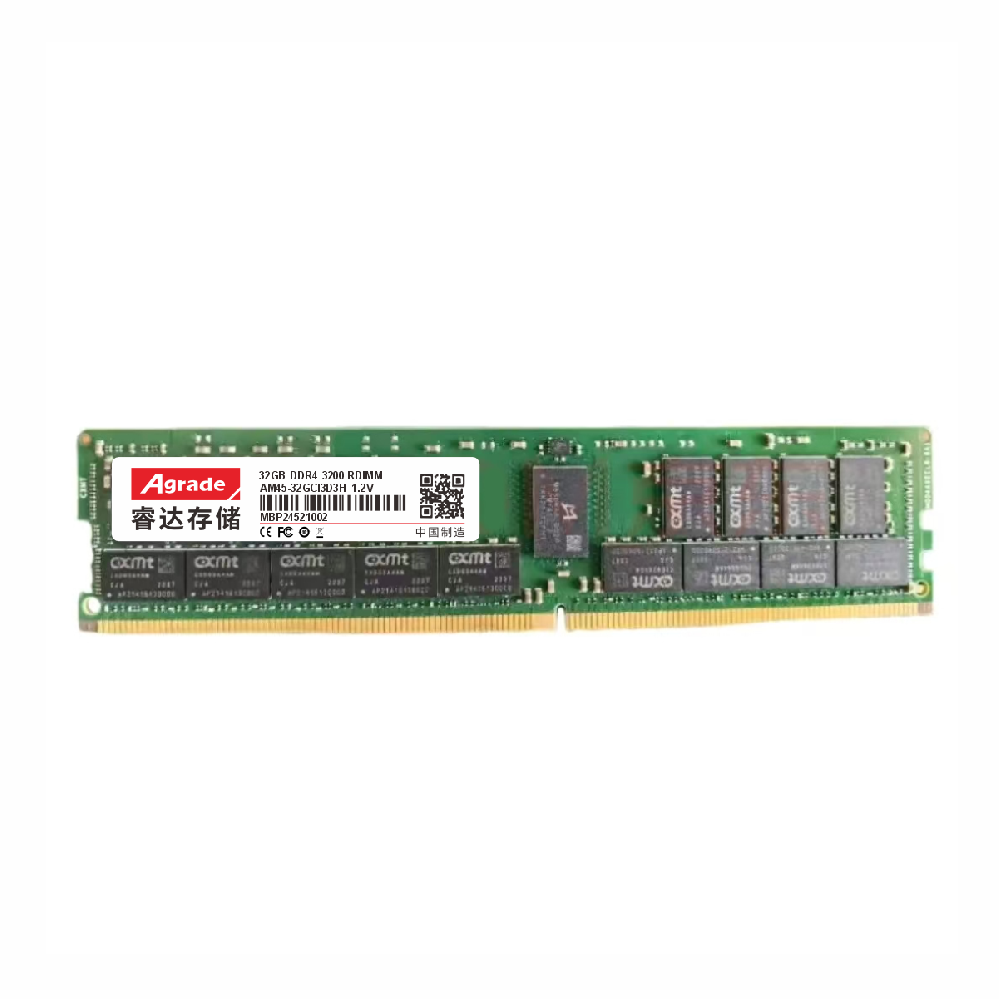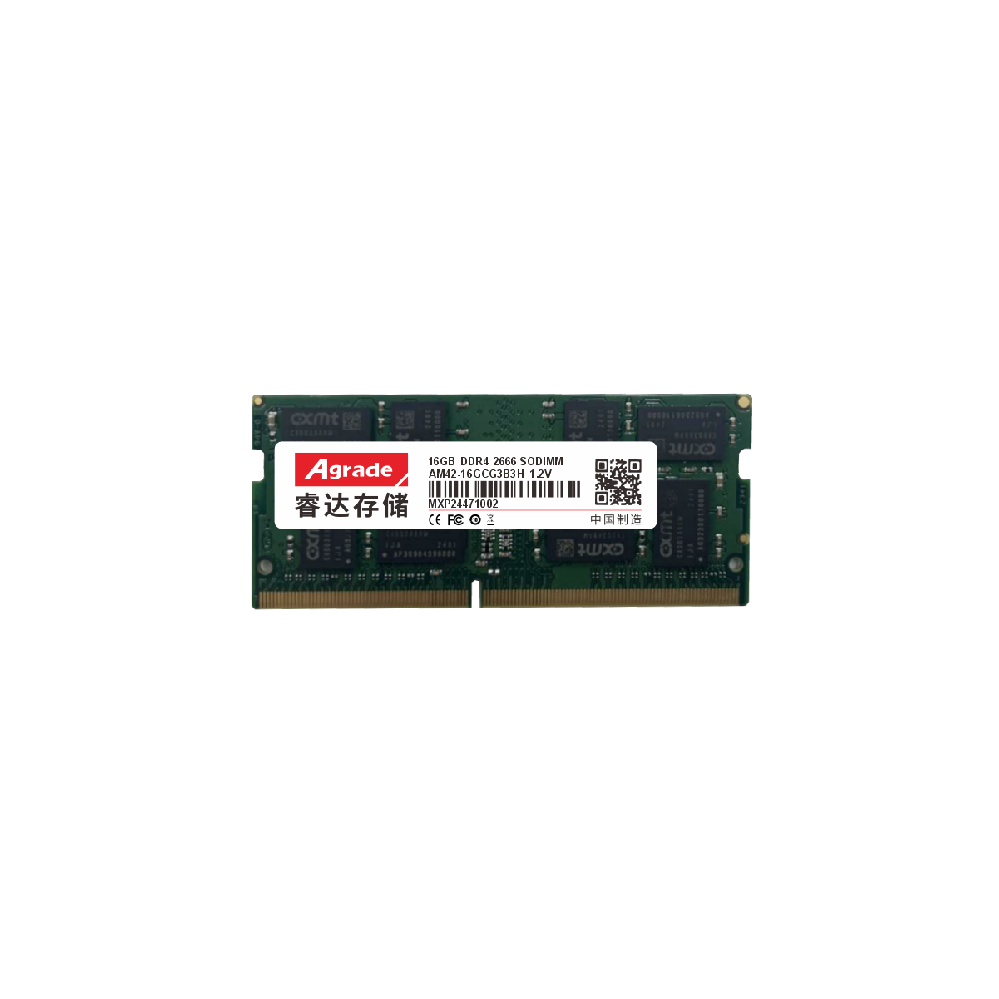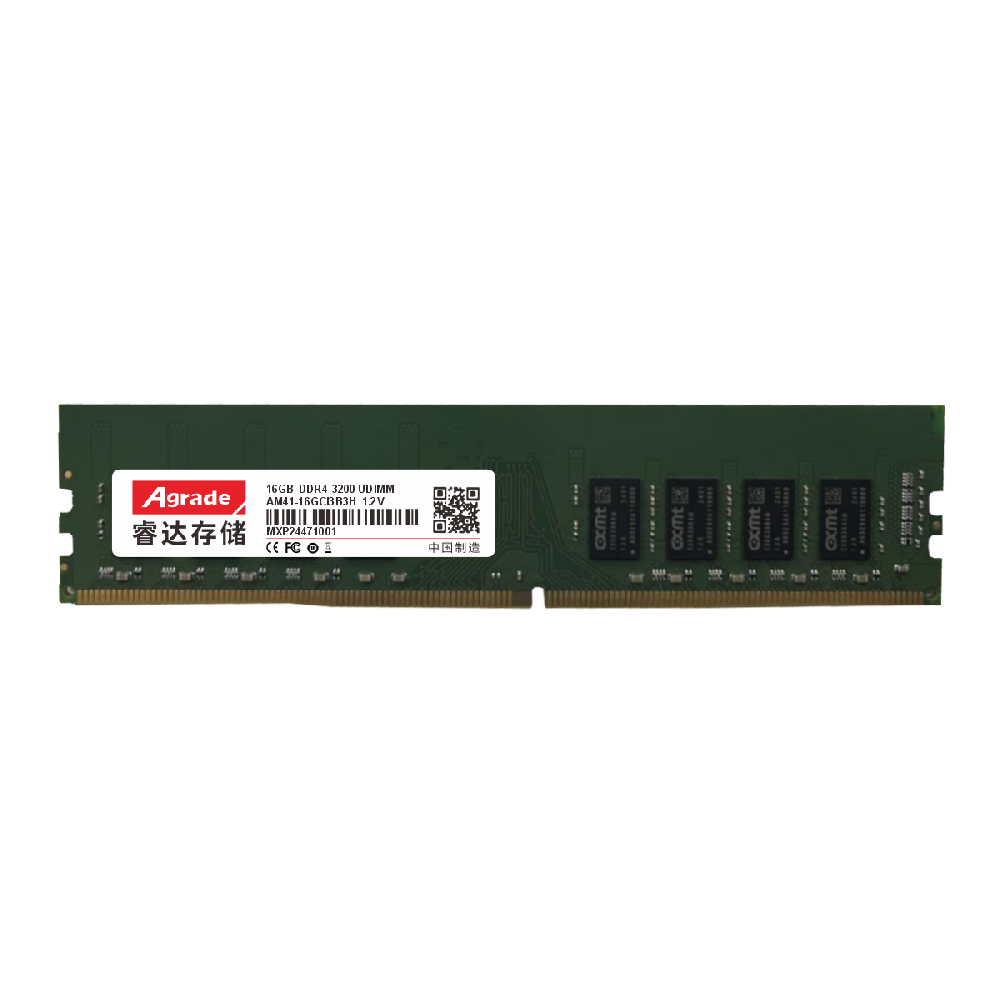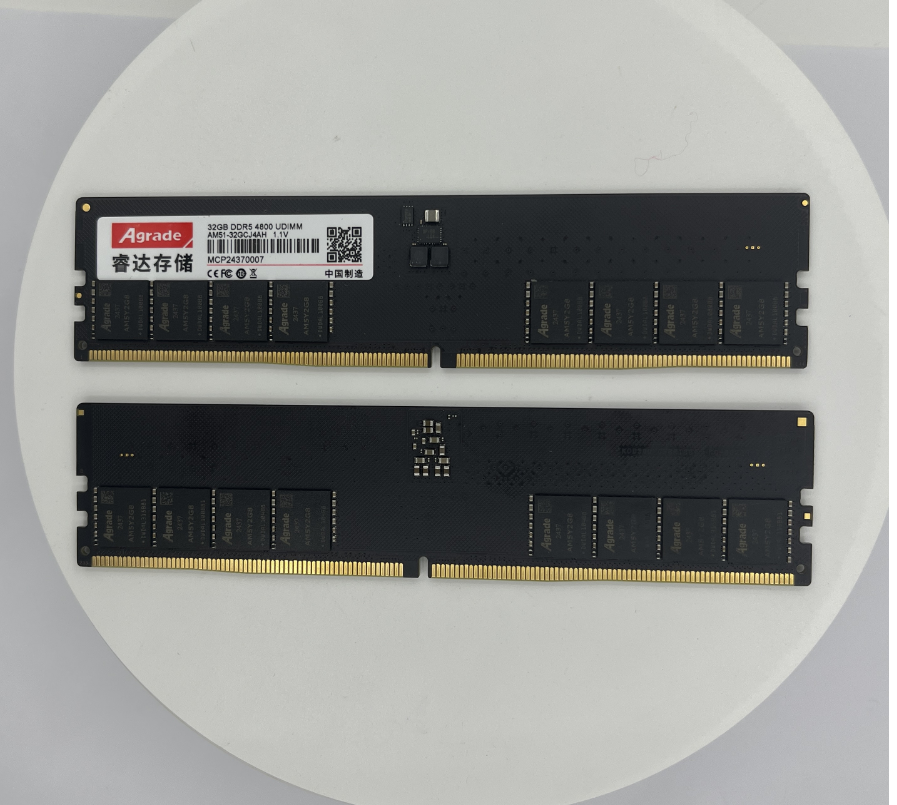

News
 电商部
电商部  2025-10-09 18:25:59
2025-10-09 18:25:59 Main Reasons and Solutions for the Motherboard's Failure to Recognize an M.2 SSD
1. Low system version: If using NVMe M.2 solid state drive, it is best to install a system with Win8.1 or above, as Win7 and below systems lack NVMe drivers. It is recommended to upgrade to Win10 or Win11 systems, which come with NVMe drivers that can automatically recognize M.2 solid-state drives.
2. BIOS setup issues:
①. CSM (Compatibility Support Module) not turned on: Some motherboards have disabled CSM by default to speed up startup, resulting in the inability to recognize M.2 solid-state drives in the BIOS. You need to find the CSM settings option in the BIOS and enable it.
② M.2 mode error: Confirm if the M.2 slot in the BIOS is set to Optane mode, as Optane also uses the M.2 interface. Choosing the wrong mode will result in the inability to recognize the hard drive.
3. Lack of NVMe driver: If using NVMe M.2 solid state drive and the system is Windows XP or Win7, it may not be recognized due to the lack of NVMe driver. It is recommended to use Win10 or Win11 system, or inject NVMe driver when using PE system.
4. Hardware malfunction: If the above settings are confirmed to be correct, but the hard drive still cannot be recognized, it may be due to a malfunction in the hard drive itself. You can try inserting the hard drive into another interface or replacing the hard drive for testing.
5. Interface occupancy issue: Some motherboards share channels for SATA and M.2 interfaces, and inserting SATA devices can affect the recognition of M.2 solid-state drives. You can try replacing the interface or turning off the device occupying the channel.
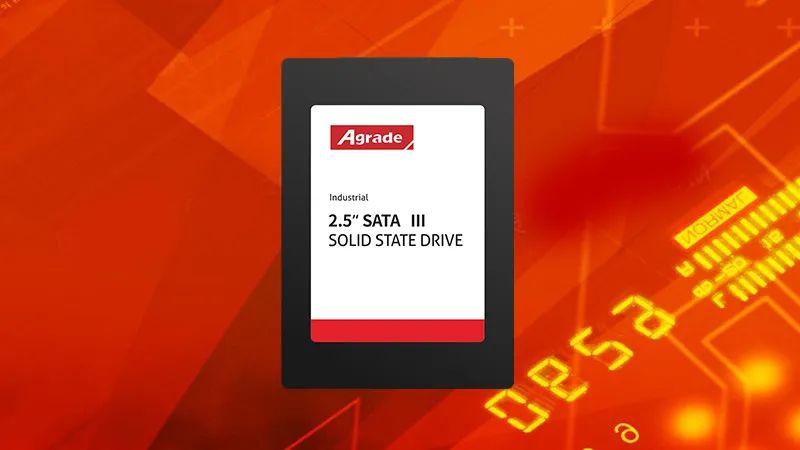
Solution steps:
① Restart the computer, press the Del key to enter the BIOS, and select the ADVANCED option.
② Go to the BOOT settings interface, find the "CSM (Compatibility Support Module)" setting option and turn it on.
③ Confirm that the M.2 slot in the BIOS is enabled and set to the correct mode (NVMe or SATA).
④ The problem persists, try inserting the hard drive into another interface or replacing the hard drive for testing.
⑤ Update BIOS or firmware to ensure that the motherboard supports NVMe hard drives.

